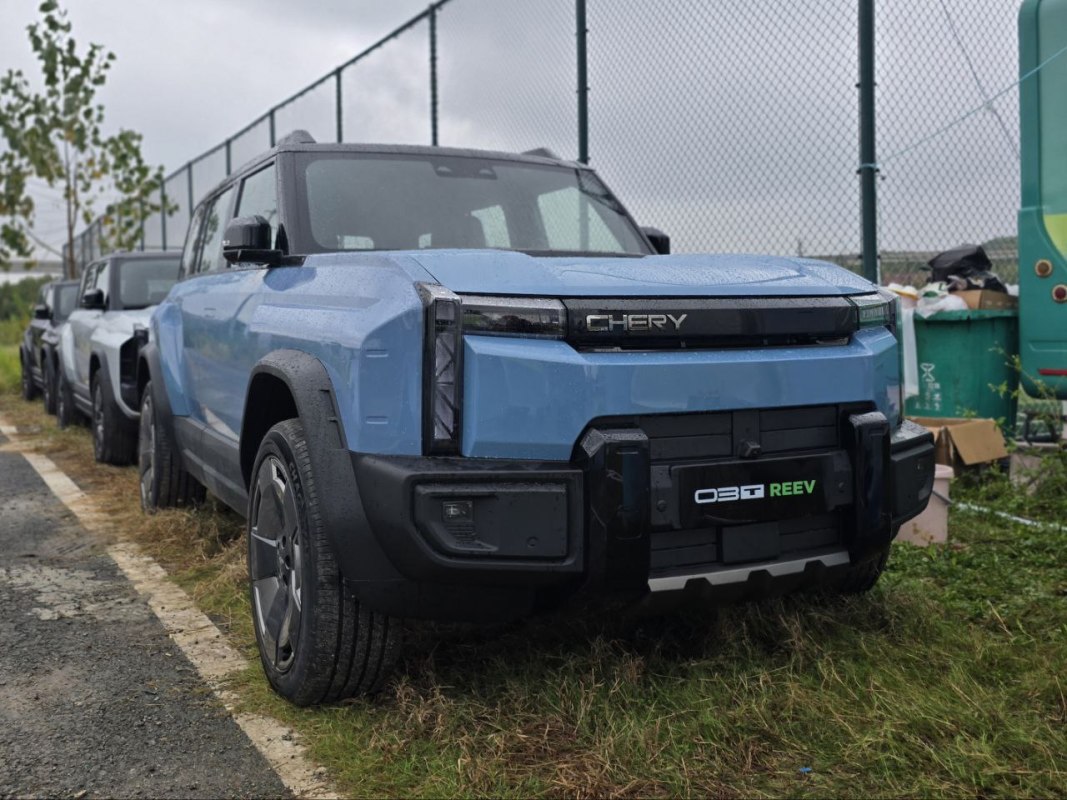Well, That Was Embarrassing
It seems as if China’s plans of running legacy brands out of business can wait a few years. Chery’s high-profile attempt to showcase the Fulwin X3L SUV on Tianmen Mountain’s “Heavenly Ladder” on November 12 ended abruptly when the vehicle lost traction, slid backwards, and struck a stone handrail. The SUV remained stuck on the steep staircase for nearly two hours, forcing authorities to close the tourist route while recovery teams worked to stabilise and remove the vehicle.
Footage circulating on Chinese social media quickly turned the mishap into a national talking point. Chery later issued a public apology, citing “insufficient estimation of potential risks and oversights in detailed control.”
Chinese auto manufacturer trying to replicate feat by Range Rover. Fails. pic.twitter.com/z20iwQ3ksq
— The Great Translation Movement 大翻译运动 (@TGTM_Official) November 12, 2025
What Went Wrong
The “Heavenly Ladder” is an exceptionally challenging ascent: roughly 985 feet long with a vertical rise of about 492 feet, gradients near 45 degrees, and sections reportedly exceeding 60 degrees. Its narrow 12-inch stone steps add to the difficulty, creating a visually striking but highly unforgiving setting for a public stunt. The staircase has hosted similar demonstrations before, including the viral Range Rover Sport SVR ad campaign in 2018.
Chery maintains that the Fulwin X3L’s hardware wasn’t the issue. Instead, the failure stemmed from the supporting safety rig. When the shackle detached, the rope became entangled with the wheel, effectively cutting drivetrain output. The incident highlights how auxiliary equipment, rather than vehicle performance, can become the weakest link during extreme demonstrations.
Roy Robles – Autoblog
Implications for Brand & Marketing Strategy
The climb was clearly intended to cast the Fulwin X3L as a rugged, mountain-capable SUV, borrowing prestige from past high-profile Tianmen challenges. Instead, the failed attempt and minor damage to the staircase have generated reputational risk. In a marketing landscape driven by dramatic visuals, a very public stumble can overshadow the intended message.
Automakers are increasingly using iconic landmarks to boost launch visibility, but the incident underscores the need for robust safety and site-management planning. Public locations raise concerns about visitor access, structural protection, and environmental impact. Tianmen Mountain now stands as a reminder that the margin for error in these spectacles is extremely narrow and extremely visible.
Chery


